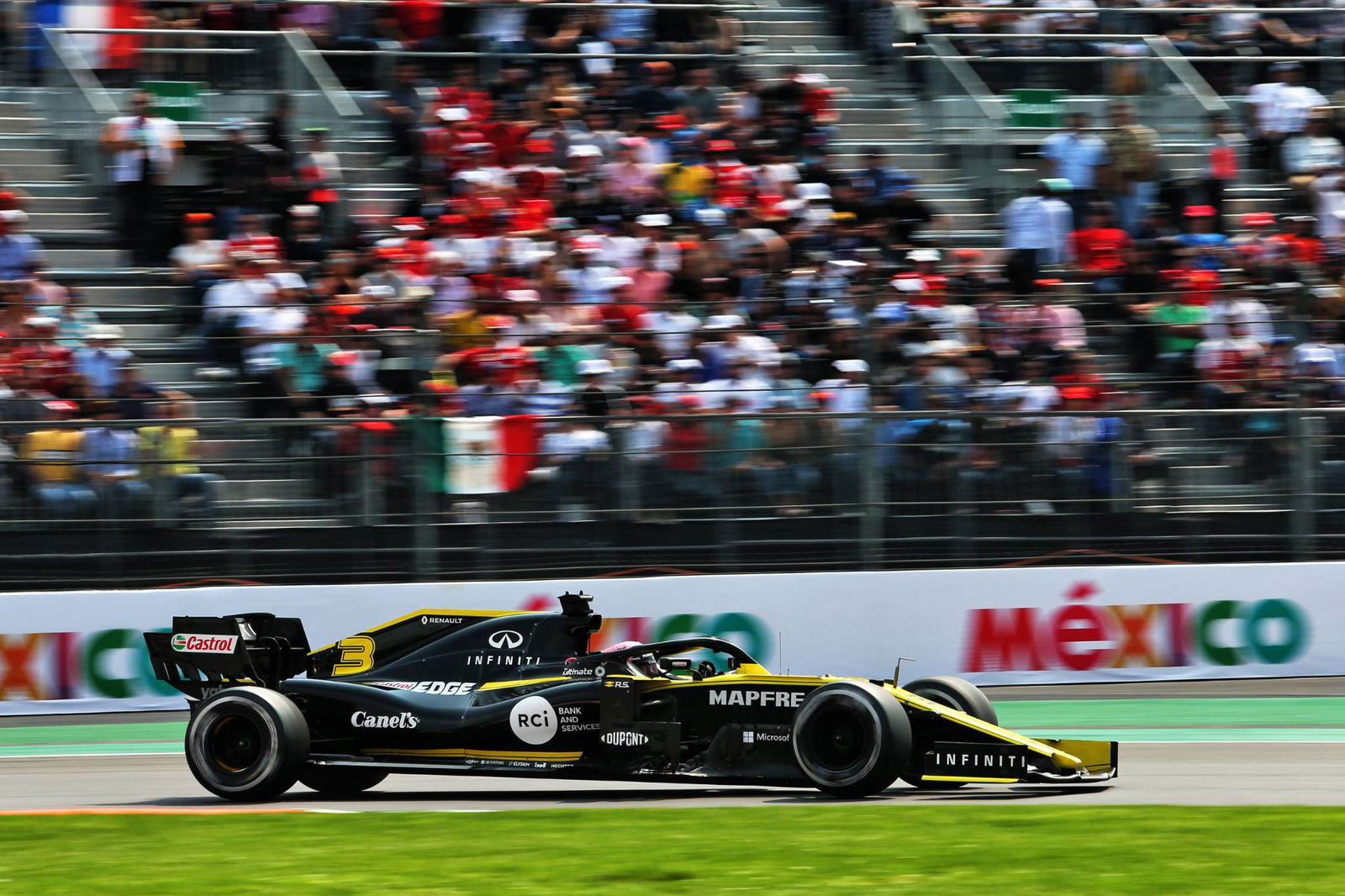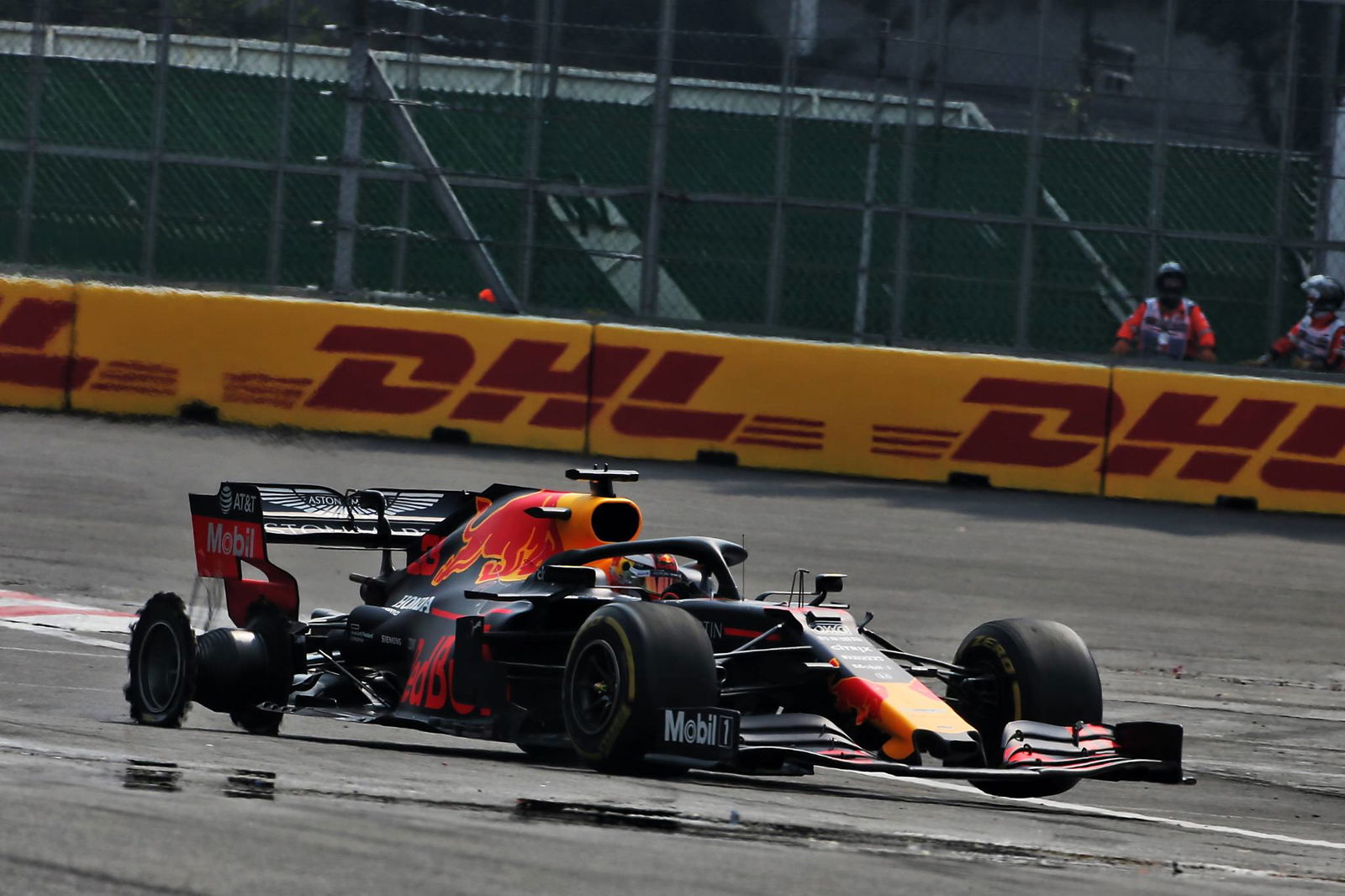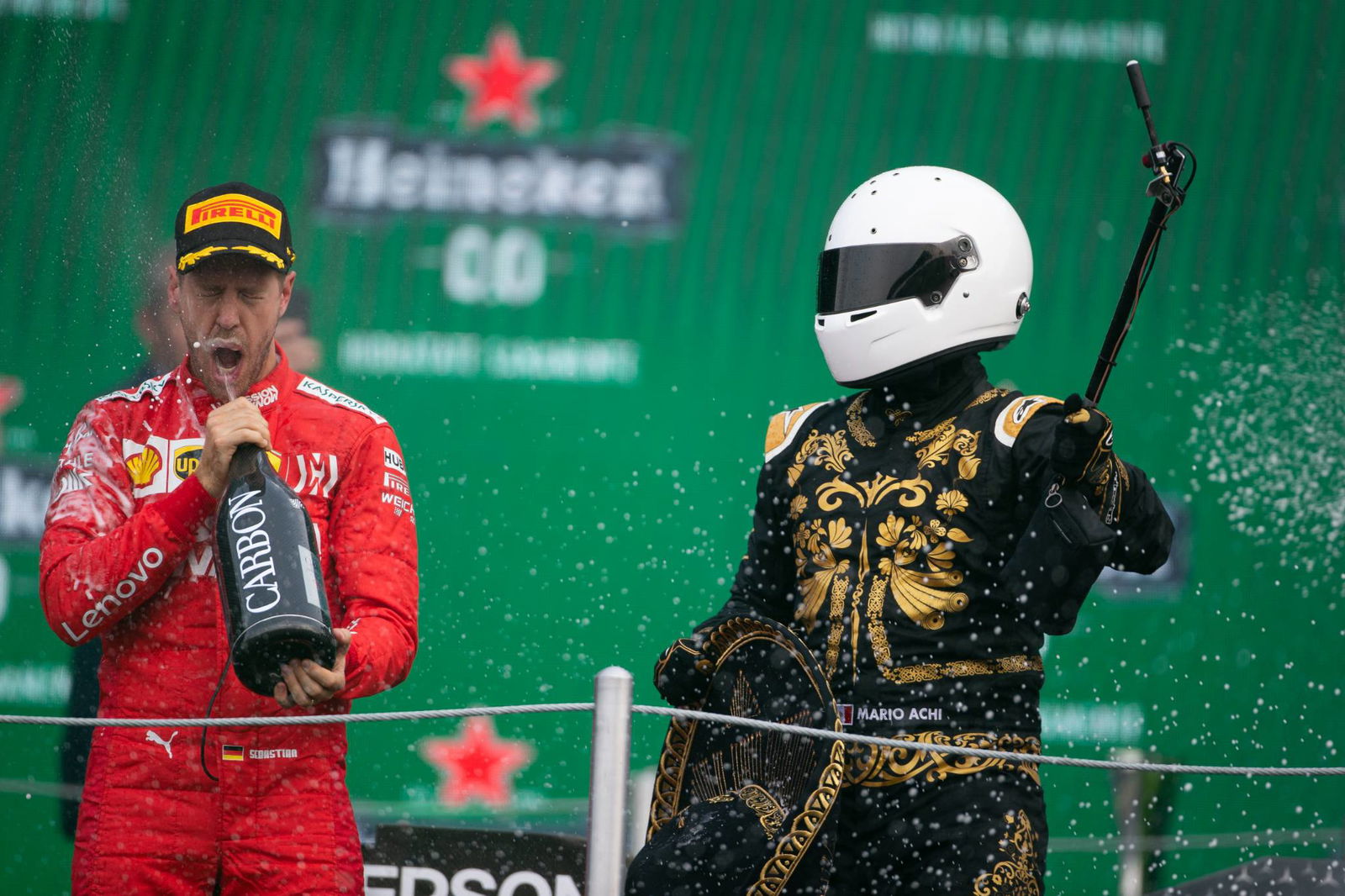F1 Race Analysis: The inspiration behind Mercedes’ strategy gamble
Mexico has not been a happy hunting ground for Mercedes in recent years. It may have been the site of Lewis Hamilton’s coronation as world champion in both 2017 and 2018, but the team’s failure to put up any kind of fight for victory either year left most expecting the champagne would be kept on ice this time around.
“I was thinking all weekend that it was another Mexico weekend that could potentially be very difficult for us,” Toto Wolff admitted after the race on Sunday. “It didn’t look great after a few laps into the race.”

Mexico has not been a happy hunting ground for Mercedes in recent years. It may have been the site of Lewis Hamilton’s coronation as world champion in both 2017 and 2018, but the team’s failure to put up any kind of fight for victory either year left most expecting the champagne would be kept on ice this time around.
“I was thinking all weekend that it was another Mexico weekend that could potentially be very difficult for us,” Toto Wolff admitted after the race on Sunday. “It didn’t look great after a few laps into the race.”
Wolff’s apprehension was understandable. After seeing his drivers qualify third and sixth, they ran fifth and seventh with three laps down. Lewis Hamilton had survived a near-miss with Sebastian Vettel on the run to Turn 1 before making contact with Max Verstappen one corner later, leaving him running across the grass with floor damage. Valtteri Bottas had dodged the drama ahead, slipping back one place in the process.
But once again, Mercedes turned things around in remarkable fashion, snaring its first victory in Mexico since 2016 and scoring a double-podium finish with some bold strategic work.
Friday’s practice running in Mexico left teams concerned about their strategy options for Sunday’s race. The Soft tyres were being chewed through quickly, while even the Mediums were struggling to hold up for most. A one-stop strategy looked completely out of the question.
Of the three front-running teams, Mercedes was the only one to complete any running on the Hard tyre through practice courtesy of Bottas’ 21 laps in FP2. It gave the team data that both Ferrari and Red Bull lacked, yet it still was not enough to convince its strategists that a one-stop strategy was truly viable. “We had a better tyre life than we predicted,” Bottas said after the race. “We thought it was going to be a two-stop at least - and it was an easy one-stop, so the tyre life was better. Maybe the warmer track temp today helped us.”
Ferrari’s eagerness to open up options for a one-stop prompted Charles Leclerc and Sebastian Vettel to manage their pace at the head of the pack through the opening stages, meaning they could not open up a big margin over the Mercedes drivers as they recovered the positions lost early on. By the time Leclerc came into the pits at the end of Lap 15, Hamilton was within five seconds, meaning his win chances were still very much alive.
But even if Mercedes wanted to run a one-stop, it still lacked track position. Ferrari had moved Vettel onto ‘Plan C’ after the German reported that everything was “peachy” with his tyres, allowing him to extend his first stint. With Hamilton struggling to make any real inroads, the only way of getting ahead would come in the pits.
Instead of waiting for Vettel to pit, Mercedes knew it had to roll the dice on getting the undercut. That meant it would have to commit Hamilton to an early stop for Hards that would then require managing for a mammoth second stint. It was a big, big ask – and one that the team unsure was even possible.
“We were not convinced,” Wolff said. “We knew that we had to take a risk, when you’re starting third and sixth. It’s easier to come up with some bold strategies, provided you have a good car, which we had today, and fantastic drivers. We knew we needed to do something different.”
“Something different” turned out to be pulling Hamilton into the pits at the end of Lap 23. He had to complete 47 full laps on the Hards, all while managing his pace and overhauling Vettel’s track position advantage. Ferrari opted against responding immediately, Vettel telling his pit wall to “let him go”, believing there would be more to be gained by coming in later and having fresher rubber for the second stint.
Hamilton was adamant the team had made the wrong call. He radioed stand-in race engineer Marcus Dudley on numerous occasions airing his concerns. “It feels like we stopped way too early,” said the panicked five-time world champion. “Are these tyres meant to go that many laps?”
“Affirm,” came Dudley’s calm response. “Deg is very low.”
And indeed it was. By the end of the race, some 40-plus laps later, Hamilton was still putting in personal best lap times, his Hards having held up much better than previously expected.
The clue to all of this? Renault’s Daniel Ricciardo.
Starting 13th on the grid, Ricciardo was the only driver with a free choice of starting compound to elect for Hards, with the remainder of the field going for Mediums. Ricciardo started well, passing the early Soft stoppers in the midfield to sit sixth by the time Hamilton came in. Ricciardo’s lap times had been improving gradually, the Australian making gains on seven of the eight laps before Hamilton was called in. It was enough to convince the Mercedes pit wall that the Hards could go the distance.

“We saw Ricciardo going long on the hard tyre,” said Wolff. “He was posting green lap times. And then we had quite some discussion, and at the end, what James [Vowles] and his strategy partner opted for, to go long for 47 laps, worked out.
“47 laps sounded like it was almost impossible, but then when you look at the data of the first stint, and Ricciardo and Max [Verstappen – who pitted for Hards early after a puncture] going strong, it kind of made sense. Still, visualising 47 laps sounded like an awful lot of laps.”
Mercedes’ confidence in the one-stop was such that it did not see the two-stopping Leclerc – who had started on pole and led the first stint – as a real threat for victory.
“Vettel was more of a worry,” Wolff said. “We thought that a two-stop could have been the main gameplan at the beginning, but in the first stint, the tyres behaved so well and held on so much better than expected, so pretty early on in the race, we switched to a one-stop.
“We were quite surprised to see Leclerc committing so early to a two-stop, so Vettel was the worry for us.”
Even with the reassurance that others were making the long stint work on Hards, Hamilton was still mindful of keeping enough life in them for a possible late surge from Vettel – something made all the more difficult by his damaged car.
“It was encouraging to hear other people were going long, but he started to pick up the pace towards the end, and I needed to save enough in my pocket to be able to keep that gap for the last few laps,” Hamilton said.
“That wasn’t easy. He was very, very fast, and my car was really damaged on the rear floor. I must have been losing, I was losing tenths of a second with the floor, so it was quite difficult with the balance.
“With the switches, with a different driving style, I managed to just keep it on the straight and narrow, and we made it stick.”
It may not have been enough to wrap up a sixth world title for Hamilton on Sunday, but it was further testament to the remarkable job that both he and Mercedes have done this year.
The champagne remains on ice. But in Austin next Sunday, get ready for one mighty celebration.

